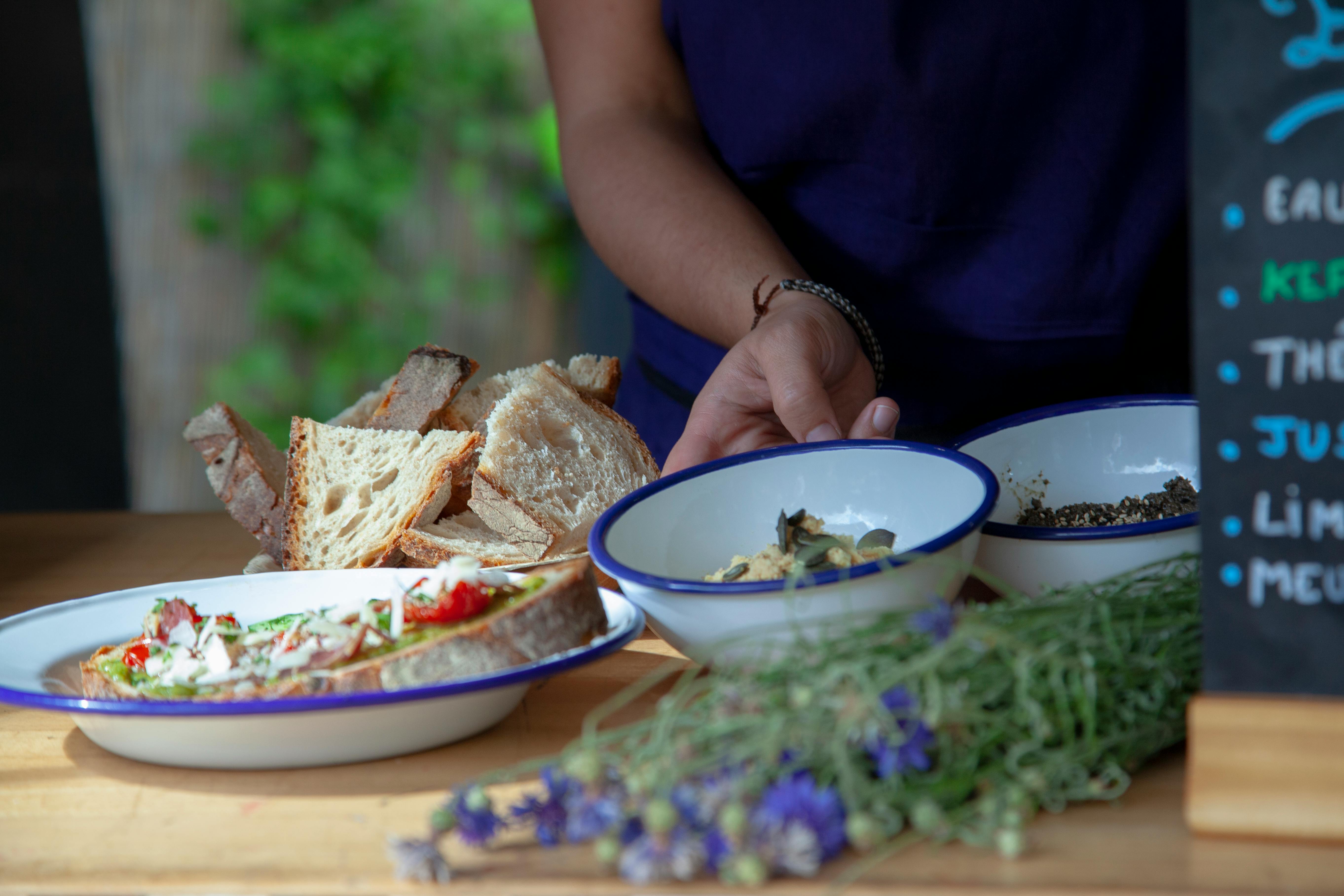If you’ve been to a furniture store or cabinet showroom in the last decade, you’ve no doubt seen milk paint, or at least finishes that are made to look like milk paint. What is? Milk paint is a traditional casein-based paint that has been around for centuries and, in recent years, has enjoyed a remarkable resurgence in popularity. Milk paint is the historic source and often the material used to produce the popular “distressed” and distressed finish effects found on countless examples of contemporary cabinetry and furniture.
Milk paint originally became popular, in part, because it is durable and easy to make from materials that are available to almost anyone. Traditional milk paint recipes used by furniture makers typically include quantities of casein, lime, clays, and earth pigments, but a home recipe may include nothing more than curdled milk, hydrated lime, and colorants derived from readily available sources such as iron oxide (rust) or wild berries.
Milk paint finishes have very low gloss when first applied and are characterized by deeply saturated color. Unlike other types of paint that form a “skin” on the surface of the wood, milk paint has a low viscosity and penetrates into the raw wood. The finish also becomes increasingly durable over time. The result is that milk paint reacts differently to wear than modern oil-based and latex paints. Milk paint finishes applied to raw wood do not usually chip or crack, they wear. The usage patterns of everyday life produce areas of greater or lesser brightness and subtle variations in color that, for many people, are high on the list of qualities that make a piece of furniture “feel” like an heirloom.
One drawback to milk paint prepared the traditional way is that it goes bad extremely quickly – you really need to mix as much as you plan to use at one time. While purists won’t mind the added hassle of having to mix up a fresh batch every time they need it, many of us would prefer the convenience of simply opening a can. Fortunately, there is an easier route. Real milk paint is available pre-mixed in a variety of colors (including more traditional ones) from specialty finish manufacturers. You can keep a can or two on the shelf and pop one open when you’re ready to use it.
You can use milk paint on its own to get the true traditional look; of course, you must wait several years for natural wear and tear to take full effect. Or, you can use milk paint in conjunction with a translucent colored glaze, also available through specialty paint and finish suppliers. Glazes and other finishing techniques, such as using several coats of different colored paint and then rubbing off the top coats, will speed up the aging process and help you get beautiful antique effects in the space of an afternoon.



